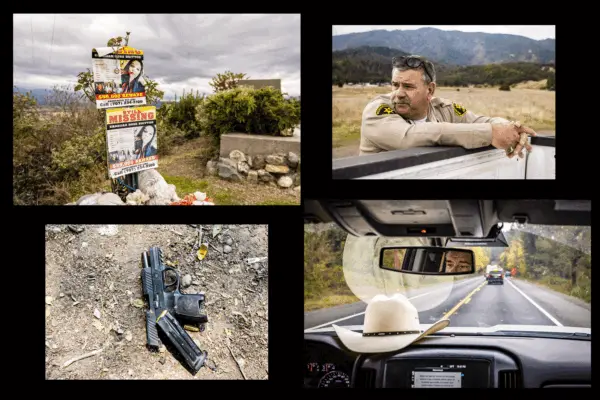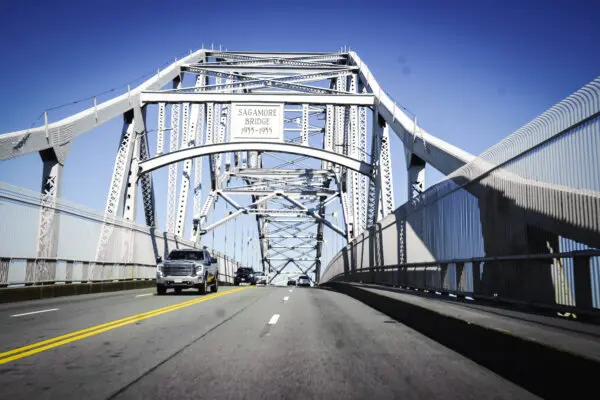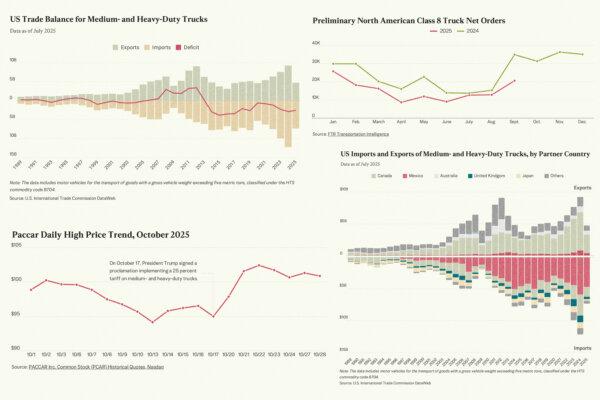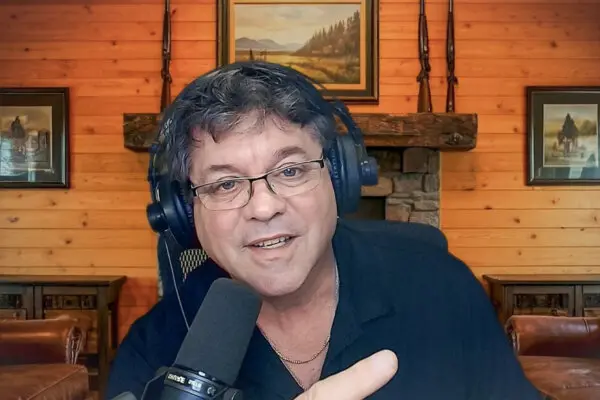At his ranch along the Klamath River in Siskiyou County in Northern California, near the Oregon border, William Simpson lives among free-roaming native American wild horses in what he calls an “immersion study.”
When he bought the ranch in 2014, Simpson discovered wild horses roaming his land. He noticed that they would eat dry grass and brush—the kind that fuels wildfires and the stuff that cattle and sheep won’t eat. He has since advocated wild horse grazing to mitigate wildfires, and the idea has gained support from Elko County in Nevada and groups such as the Nevada Lands Council.










